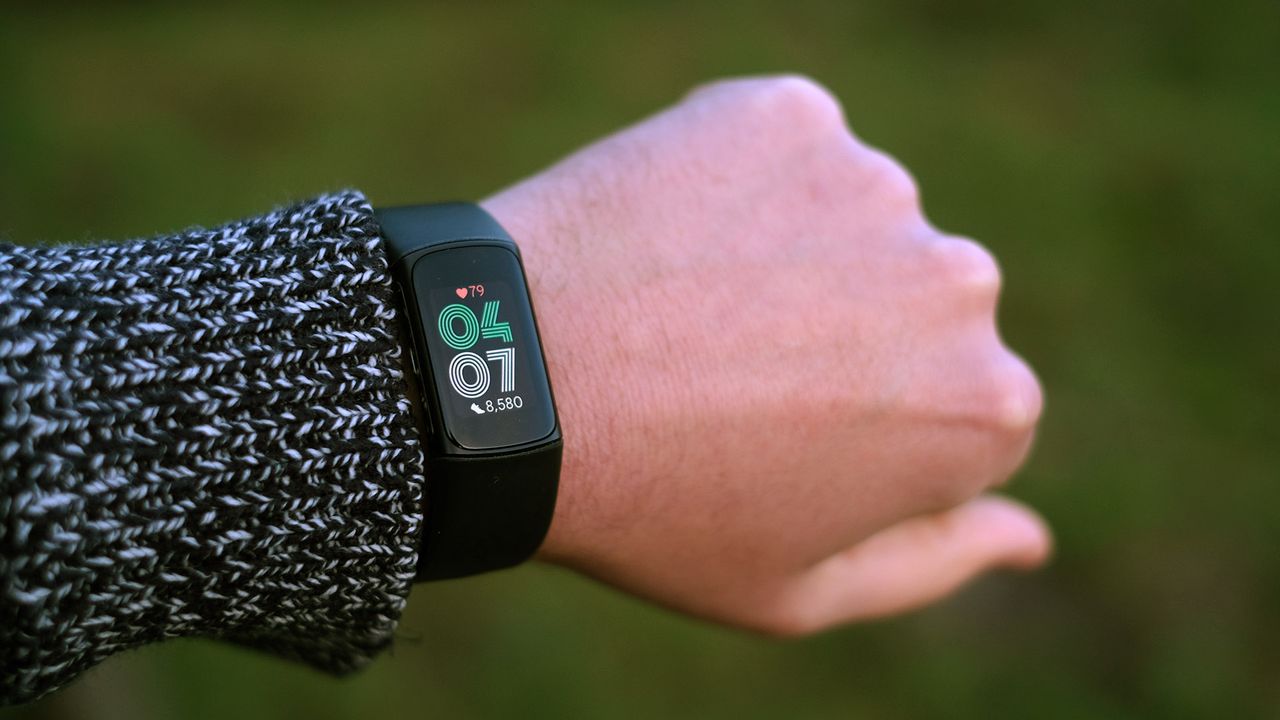What’s happened? Sony has unveiled its first 200MP smartphone camera sensor: LYTIA 901.
- The 1/1.12-inch sensor is bigger than the primary Samsung ISOCELL HP2 1/1.3-inch sensor on the Galaxy S25 Ultra.
- It deploys a Quad-Quad Bayer Coding (QQBC) layout and pairs it with AI-powered remosaicing built directly into the sensor, a new feature for smartphone photography.
- Sony’s latest sensor supports multi-mode output, ranging from 12.5MP (16-in-1 pixel binning) to 200MP, leveraging pixel binning.
 Andy Boxall / Digital Trends
Andy Boxall / Digital Trends
Why is this important? The sensor offers strong video and zoom capabilities, with up to 4x in-sensor zoom and support for high-frame-rate video capture.
- Sony has also equipped the sensor with advanced HDR features, including a 12-bit pipeline and Dual Conversion Gain HDR, for impressive color and enhanced dynamic range.
- Compared to the Galaxy S25 Ultra’s primary sensor, the LYTIA 901 has a larger pixel size (0.6 µm vs. 0.7 µm), suggesting it can capture more light and offering a slight advantage in per-pixel single strength.
- The larger sensor and pixel size could help address the long-time compromises in smartphone photography.
Why should I care? Mass production of the new Sony sensor begins in November 2025.
- Furthermore, several Android manufacturers, including Oppo and Vivo, are rumored to use the sensor on their upcoming flagships, the Find X9 Ultra and the X300 Ultra, respectively.
- However, in the past, the Chinese manufacturers haven’t launched these smartphones in the United States. Anyway, Sony might release the sensor on one of its future flagships.
- For you, the Sony LYTIA 901 sensor should result in more natural-looking photos with better tones and textures, improved in-sensor zoom range, with more clarity in resultant shots, less noise in low-light environments, and better dynamic range.
 Andy Boxall / Digital Trends
Andy Boxall / Digital Trends
OK, what’s next? The first smartphones using the LYTIA 901 sensor should hit the market in early 2026.
- Once the devices ship, we’ll see how Sony’s new sensor performs in real-world scenarios and whether it delivers on the promised detail, noise reduction, and zoom-related benefits.
- The sensor could raise the bar for smartphone photography, possibly pushing Samsung to improve its current-generation 200MP sensor.

